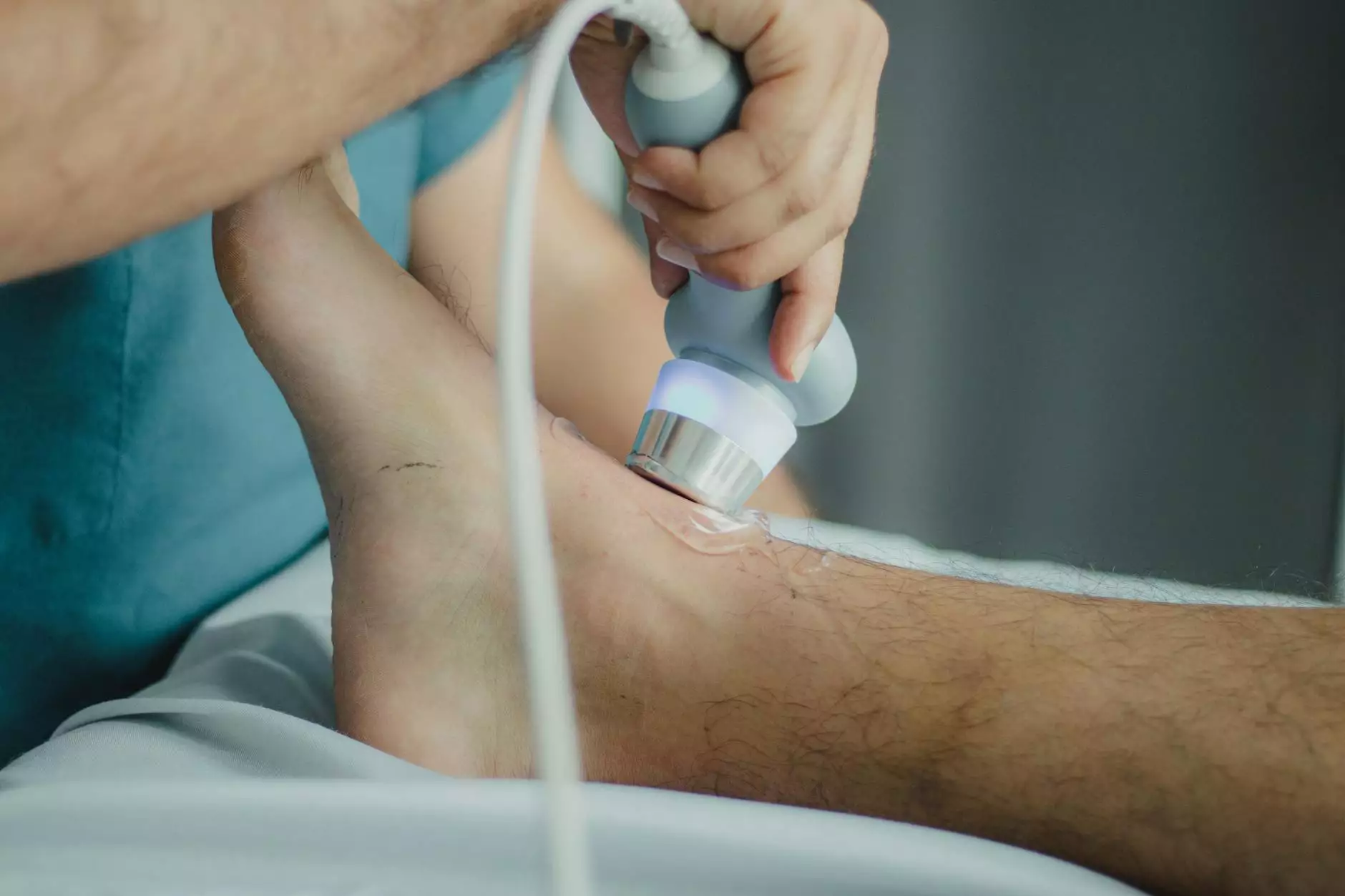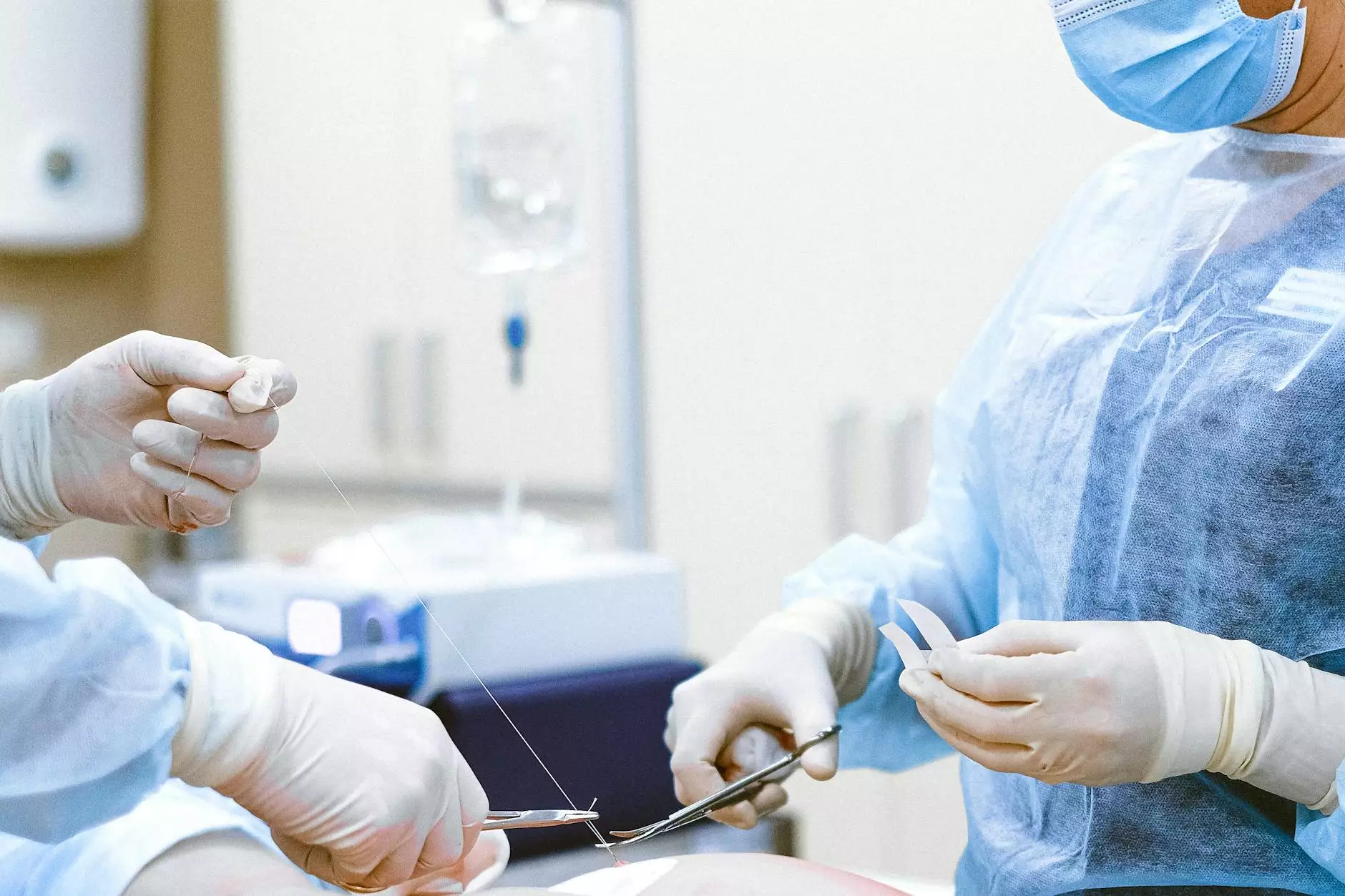A Comprehensive Guide to Aortic Aneurysm Screening Ultrasound

Aortic aneurysms are life-threatening conditions that require immediate attention. With advancements in medical technology, the aortic aneurysm screening ultrasound has emerged as a crucial tool for early detection and prevention. This article dives deep into what aortic aneurysms are, the significance of screening, the ultrasound procedure, and the next steps if an aneurysm is detected.
Understanding Aortic Aneurysms
An aortic aneurysm occurs when a section of the aorta— the large blood vessel that carries blood from the heart to the rest of the body—becomes weakened and bulges. This condition can lead to severe complications, including rupture, which can be fatal. Understanding the types of aortic aneurysms is essential.
- Abdominal Aortic Aneurysm (AAA): Occurs in the part of the aorta that runs through the abdomen.
- Thoracic Aortic Aneurysm (TAA): Occurs in the part of the aorta that runs through the chest.
The risk factors for developing an aortic aneurysm include:
- Age (most common in those over 65)
- History of smoking
- High blood pressure
- Family history of aortic aneurysms
- Genetic disorders such as Marfan syndrome
Why Screening is Vital
Detecting an aortic aneurysm early through screening can significantly increase the chances of a successful treatment. Many individuals with an aortic aneurysm do not experience symptoms until it ruptures, making regular screening essential for those at higher risk.
Benefits of Aortic Aneurysm Screening Ultrasound
The aortic aneurysm screening ultrasound offers numerous advantages:
- Non-invasive: The procedure is safe and does not involve any surgical instruments.
- Quick Results: Aortic aneurysm ultrasounds typically take less than an hour and provide immediate results.
- Accessibility: Ultrasound screenings are widely available and can be performed in various medical facilities.
- Cost-effective: Compared to other imaging modalities, ultrasounds tend to be less expensive.
The Aortic Aneurysm Screening Ultrasound Procedure
Understanding the procedure for an aortic aneurysm screening ultrasound is essential for anyone considering the test. Here’s what you can expect:
Preparation for the Ultrasound
In most cases, no special preparation is needed before undergoing an aortic aneurysm screening ultrasound. However, your doctor may provide specific instructions, such as fasting for a few hours beforehand.
During the Ultrasound
The procedure is straightforward:
- The patient will lie down comfortably on an examination table.
- A gel will be applied to the abdomen to help the ultrasound device create clear images.
- The technician will move a small handheld device, known as a transducer, across the abdomen to capture images of the aorta.
- Images will be recorded and analyzed by a radiologist, resulting in either a report indicating normal results or potential issues such as an aneurysm.
After the Ultrasound
There are no side effects, and patients can resume their normal activities immediately after the screening. The results will be discussed with the patient, typically within a few days.
Interpreting the Results
Understanding the results of your aortic aneurysm screening ultrasound is crucial. Here’s how to interpret the findings:
- Normal: No signs of an aortic aneurysm are detected, which means that you may continue regular screenings as recommended by your doctor.
- Borderline Aneurysm: If the aorta is slightly enlarged, your doctor may recommend more frequent monitoring.
- Diagnosed Aneurysm: If an aneurysm is found, the size, location, and growth rate will determine the treatment plan.
Next Steps if an Aortic Aneurysm is Detected
If an aortic aneurysm is detected during your screening, it is essential to consult with a vascular specialist to determine the next steps. Here are some potential courses of action:
Regular Monitoring
Smaller aneurysms may not require immediate surgery but will need regular ultrasound checks to monitor their size and growth over time.
Medications
In some cases, medications may be prescribed to manage related conditions, such as high blood pressure, which can help decrease the risk of aneurysm growth.
Surgical Intervention
If the aneurysm is large or growing rapidly, surgery may be necessary. There are two primary surgical approaches:
- Open Repair: Involves removing the damaged section of the aorta and replacing it with a synthetic graft.
- Endovascular Aneurysm Repair (EVAR): A minimally invasive procedure where a stent graft is placed within the aorta through small incisions in the groin.
The Importance of Choosing the Right Specialist
When considering an aortic aneurysm screening ultrasound, it is crucial to choose a specialized vascular medicine practice. At Truffles Vein Specialists, our team is experienced in vascular health and utilizes state-of-the-art technology for accurate diagnosis and treatment.
Conclusion
The significance of the aortic aneurysm screening ultrasound cannot be overstated. Early detection plays a vital role in preventing the complications associated with aortic aneurysms. Regular screenings, especially for those at risk, can lead to timely interventions that save lives. If you or a loved one fall within the high-risk category, consider scheduling an appointment with a vascular specialist today.
Your heart health is paramount. Don't delay—take the first step toward peace of mind and safety by getting screened!



